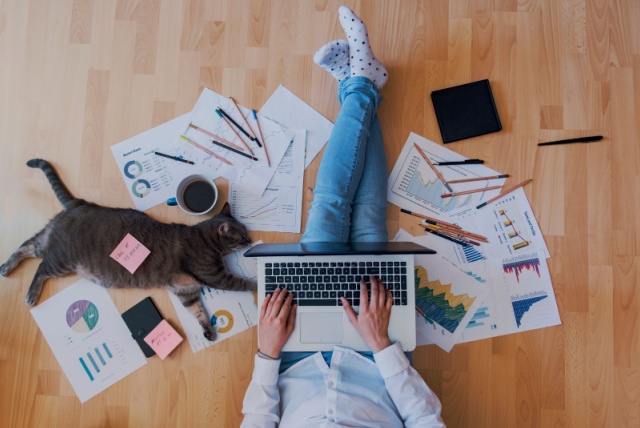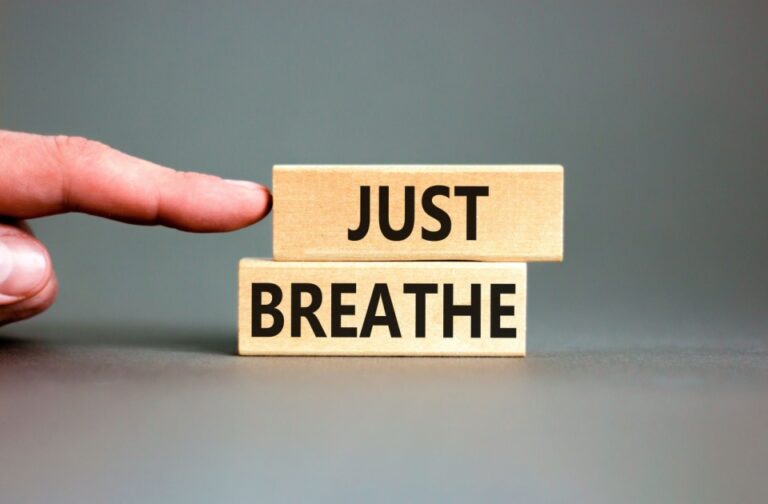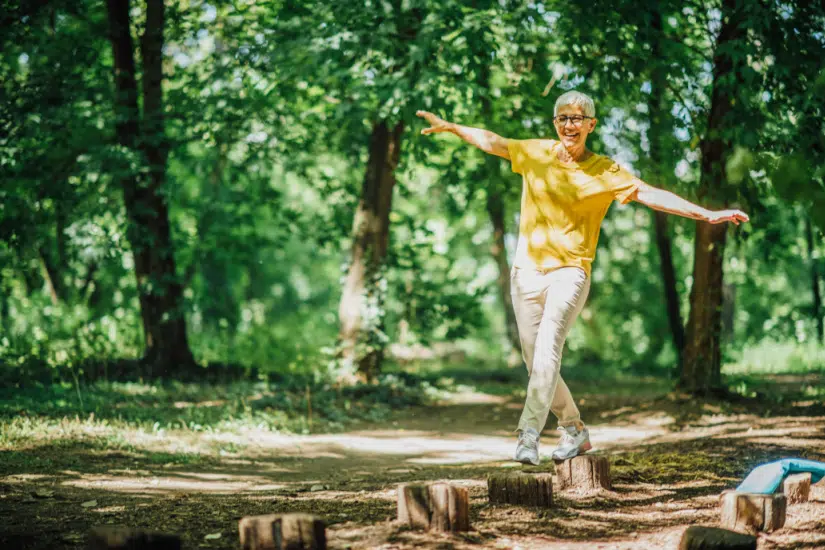
Balance training, which is an integral part of any overall fitness program, becomes particularly crucial as we age. In addition to fall prevention and maintaining independence, it is important to musculoskeletal health. Balance training involves exercises that target muscles throughout the body, including the core, legs, and stabilizing muscles. Strengthening these muscles can help support joints, improve posture, and reduce the risk of musculoskeletal injuries. In addition, there is growing evidence suggesting a link between physical activity, including balance training, and cognitive function in older adults. Engaging in regular exercise, including activities that challenge balance and coordination, may help support brain health and cognitive abilities such as memory and attention.
The balance system relies on three primary components: visual, vestibular, and somatosensory.
Together, these three components work in concert to provide the brain with essential information about the body’s position and movement, enabling the maintenance of balance and coordination. Dysfunction or impairment in any of these systems can lead to balance disorders and difficulties with activities such as standing, walking, and maintaining posture.
Visual System

Visual acuity affects our balance. Just try closing your eyes and note how much harder it is to balance! This component of balance relies on information obtained through the eyes. Visual cues, such as observing nearby objects or the horizon, help the brain understand its orientation relative to the surrounding environment. For example, when standing upright, the brain can use visual input to adjust posture based on whether nearby objects appear level or tilted.
Vestibular System
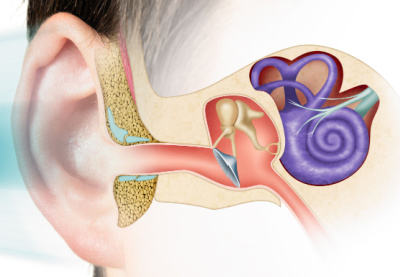
Located within the inner ear, the vestibular system consists of fluid-filled structures and sensory receptors that detect motion, head position, and spatial orientation. This system provides the brain with information about rotational movements, linear acceleration, and gravitational forces. It helps maintain equilibrium and stabilizes gaze during head movements. For instance, when the head tilts or moves, the vestibular system detects these changes and sends signals to the brain to adjust posture and maintain balance. As people age, the vestibular organs may become less sensitive, leading to decreased detection of head movements and changes in equilibrium.
Somatosensory System
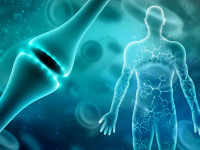
This is just a fancy term for what we feel through our feet and joints. This component involves sensory receptors located in the skin, muscles, tendons, and joints throughout the body. For instance, when standing on uneven ground, sensory input from the feet and legs helps adjust posture and distribute weight accordingly to prevent falling. If you have decreased sensation in your feet, you will have a more difficult time with balance because the brain is being sent faulty information.
Assess your balance
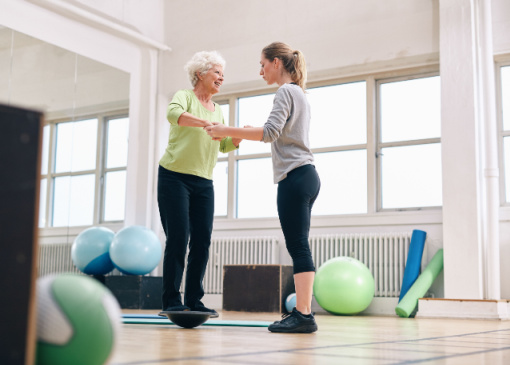
Assessing your balance is the first step in developing a program to maintain or improve your balance abilities. At Be Active Be Well we have therapists that can assess your balance and help you develop a personalized balance program. We can do this in person or in a virtual session(s). If you want to self assess, I recommend the following balance tests.
Single Leg Stance Test
This is a very simple test. How many seconds can you stand on 1 leg without holding on to a support surface or touching the lifted foot to the other leg? The norms for those living independently are as follows. How do you compare?
- 50-59 years old = 29 seconds with eyes open and 21 seconds with eyes closed
- 60-69 years old = 22 seconds with eyes open and 10 seconds with eyes closed
- 70-79 years old = 14 seconds with eyes open and 4 seconds with eyes closed
The Four-Stage Balance Test
A more sophisticated assessment tool that provides better information is The Four-Stage Balance Test. This test is commonly used in clinical settings, fitness assessments, and fall risk screenings. It involves four progressively challenging standing positions, each designed to assess different aspects of balance control. If you can hold a position for 10 seconds without moving your feet or needing support, you go on to the next position.
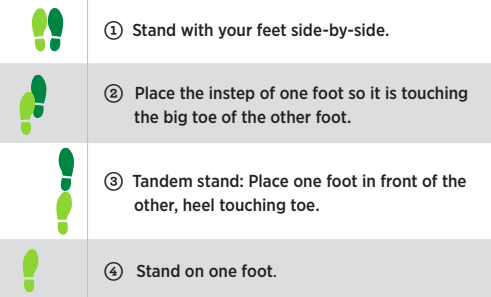
I’ve assessed, now what do I do with this information?
First off, you start where you start. Balance can improve. It just takes repetition and practice. Take note of where you are and re-assess periodically to see your improvement. Build balance activities into your day. It is preferable to do a minute or 2 several times a day than to do 1 long session once a week. Below are several different strategies to create a balance program that works with your lifestyle.
- Build balance activities into your day: Try standing on 1 leg when you brush your teeth or wait in the line at the grocery store.
- If you already have an exercise program, consider building balance into these exercises; modify some of your standing exercises to make them balance exercises as well. For example, if you do standing upper body weight exercises, stand in a more challenging position or on an unstable surface.
- Do balance specific exercises 2-3 times each week.
- Join a group class such as Tai Chi.
How to develop your own balance program
Start with 2 of the components you found challenging from The Four Stage Balance Test. One component that requires some support, one or 2 hands on a counter, (call this A) and another that you can do without support (call this B).
(A) Hand support required
Start with 1 hand on a counter. When you can do 1 hand for 30 seconds progress to 2 fingers, and finally no hands. Then progress to a more challenging foot position or surface.
(B) No hand support required
Layer on challenges such as listed below. The order of the challenges is not important and you can combine them in different ways to provide variety.
Add on challenges:
Here are some suggestions to make the balance exercises more challenging and varied. This is by no means a complete list but just some ideas to get you started. Be creative.
- Turn your head slowly side to side
- Look up and down
- Reach with your arms
- Toss a ball or balloon hand to hand (play catch with a friend or grandchild)
- Stand on a more unstable surface (grass, a foam pad, etc.)
Finally…
As alway, start small and build on your gains. Give yourself credit for your successes however small they may seem. Allow yourself to make missteps, tomorrow is a new day.
RESOURCES
Did you find this topic interesting? Below are more in depth articles.
- 10-Second Balance Test May Indicate Your Overall Health, Study Says – Prevention Magazine
- 8 Perfect Balance Exercises That Build Stability, Strength, and Flexibility, According to Experts – Prevention Magazine
- 4- Stage Balance Test – Centers for Disease Control STEADI website
Joanne Bedwell, PT is the Resident Blogger at Be Active Be Well. She lives and works in San Francisco with her husband and two (almost) grown daughters. Having over 25 years of experience as a PT, she sees clients in their homes and teaches fitness classes in person and virtually.
DISCLAIMER: This article contains information that is intended to help the readers be better informed regarding exercise and health care. It is presented as general advice on health care. Always consult your doctor for your individual needs. Before beginning any new exercise program it is recommended that you seek medical advice from your personal physician. This article is not intended to be a substitute for the medical advice of a licensed physician. The reader should consult with their doctor in any matters relating to his/her health.


